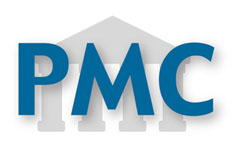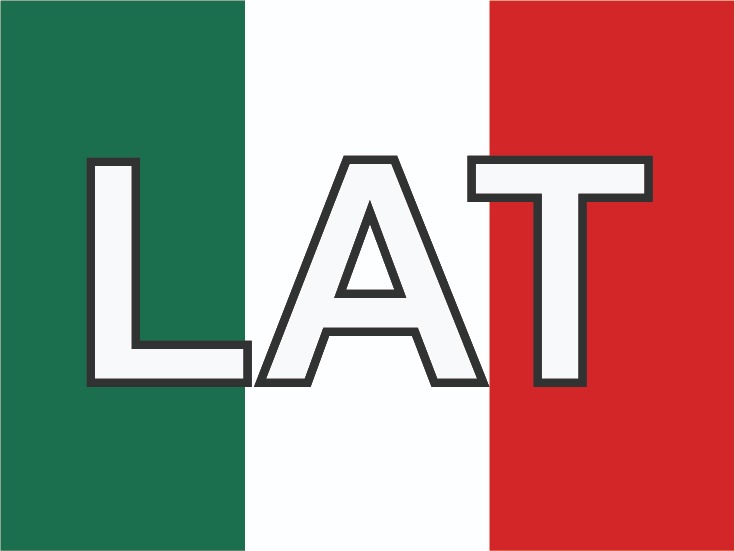Evaluation of prenatal diagnosis of congenital defects by screening ultrasound, in Cali, Colombia.
Abstract
Introduction
The study aim was to determine the frequency of prenatal ultrasound diagnosis of congenital anomalies in Newborns (NB) with birth defects hospitalized in two Neonatal Intensive Care Units (NICU) of Cali (Colombia) and to identify socio-demographic factors associated with lack of such diagnosis.
Patients and methods
It was an observational cross-sectional study. NB with congenital defects diagnosable by prenatal ultrasound (CDDPU), who were hospitalized in two neonatal intensive care units (NICU), were included in this study. A format of data collection for mothers, about prenatal ultra-sonographies, socio-demographic data and information on prenatal and definitive diagnosis of their conditions was applied. Multiple logistic and Cox regressions analyses were done.
Results
173 NB were included, 42.8% of cases had no prenatal diagnosis of CDDPU; among them, 59.5% had no prenatal ultrasound (PNUS). Lack of PNUS was associated with maternal age, 25 to 34 years (Odds Ratio [OR]: 4.41) and 35 to 47 years (OR: 5.24), with low levels of maternal education (OR: 8.70) and with only a PNUS compared to having two or more PNUS (OR: 4.00). Mothers without health insurance tend to be delayed twice the time to access the first PNUS in comparison to mothers with payment health insurance (Hazard Ratio [HR]: 0.51). Among mothers who had PNUS, screening sensitivity of CDDPU after the 19thgestational week was 79.2%.
Conclusions
The frequency of prenatal diagnosis is low and is explained by lack of PNUS, or by lack of diagnostic in the PNUS. An association between lack of PNUS and late age pregnancy and low level of maternal education was found. In addition, uninsured mothers tend to delay twice in accessing to the first PNUS in comparison to mothers with health insurance. It is necessary to establish national policies which ensure access to appropriate, timely and good quality prenatal care for all pregnant women in Colombia.
Authors
Downloads
Keywords
- Congenital anomalies
- prenatal diagnosis
- prenatal ultrasound
- accessibility to health services.
References
Ewigman, , & B.Crane.J.Frigoletto.F.LeFevre.M.Bain.R &McNellis.D. (1993). Effect of prenatal ultrasound screening on perinatal outcome. N Engl J Med, 329, 821-827.
Whitworth, M, Bricker, L, Neilson, JP, & Dowswell, T. (2010). Ultrasound for fetal assessment in early pregnancy. Cochrane Database Syst Rev [4], CD007058.
Saldarriaga, W, & Artuz, A. (2010). Ayudas Diagnósticas en Obstetricia.En. Colombia: Universidad del Valle Programa Editorial.
Campaña, H, Ermini, M, Aiello, H, Krupitzki, H, Castilla, E, & López-Camelo, J. (2010). Prenatal Sonographic Detection of Birth Defects in 18 Hospitals From South America. J Ultrasound Med, 29, 203-212.
Gómez, J, Fernández, N, Páez, P, & Zarante, I. (2007). Detección de anomalías congénitas en 12760 nacimientos de tres hospitales en la ciudad de Bogotá Colombia 2004-2005 mediante ecografía prenatal. Rev Colomb Obstet Ginecol, 58(3), 194-201.
Vélez, J, Herrera, L, Arango, F, & López, G. (2004). Malformaciones congénitas Correlación diagnóstico ecográfico y clínico. Rev Colomb Obstet Ginecol, 55(3), 201-208.
Ministerio de Protección Social. (2000). Norma técnica para la detección temprana de las alteraciones del embarazo. Bogotá DC: .
Fraser, AM, Brockert, JE, & Ward, RH. (1995). Association of young maternal age with adverse reproductive outcomes. N Engl J Med, 332(17), 1113-1117.
Pachajoa, H, Caicedo, C, Saldarriaga, W, & Méndez, F. (2011). Prevalencia de Defectos Congénitos en un Hospital de Tercer Nivel en Cali (Colombia) 2004-2008. Asociación con Edad Materna. Rev Colomb Obstet Ginecol, 62, 155-160.
Ministerio de Salud y Protección Social-Colciencias. (2013). Guías de Práctica Clínica para la prevención, detección temprana y tratamiento de las complicaciones del embarazo, parto o puerperio.Guía No. 11-15. Bogotá: Colombia.
Corte Constitucional de Colombia. (2006). Sentencia Constitucional C-355/06. Bogotá: .
Sudhakaran, N, Sothinathan, U, & Patel, S. (2012). Best practice guidelines Fetal surgery. Early Human Development, 88, 15-19.
Simpson, J. (2011). L. & Greene M.F. Fetal Surgery for Myelomeningocele? N Engl J Med, 364, 1076-1077.
Adzick, , S.Thom.E.Spong.C.Brock.J et al.A Randomized Trial of Prenatal versus Postnatal Repair of Myelomeningocele. (2011). N Engl. J Med, 364, 993-1004.
Holland, A, Walker, K, & Badawi, N. (2010). Gastroschisis: an update. Pediatr Surg Int, 6, 871-878.
Sharland, , & G. (2010). Fetal cardiac screening: why bother? Arch Dis Child Fetal Neonatal, 95, 64-68.
Áskelsdóttir, B, Conroy, S, & Rempel, G. (2008, ). From Diagnosis to Birth. Parents' experience when expecting a child with congenital anomaly. Adv Neonatal Care, 8(6), 348-354.
Romosan, , & G.Henriksson.E.Rylander.A &Valentin.L. (2009, ). Diagnostic performance of routine ultrasound screening for fetal abnormalities in an unselected Swedish population in 2000-2005. Ultrasound Obstet Gynecol, 34(5), 526-533.
The copy rights of the articles published in Colombia Médica belong to the Universidad del Valle. The contents of the articles that appear in the Journal are exclusively the responsibility of the authors and do not necessarily reflect the opinions of the Editorial Committee of the Journal. It is allowed to reproduce the material published in Colombia Médica without prior authorization for non-commercial use




















